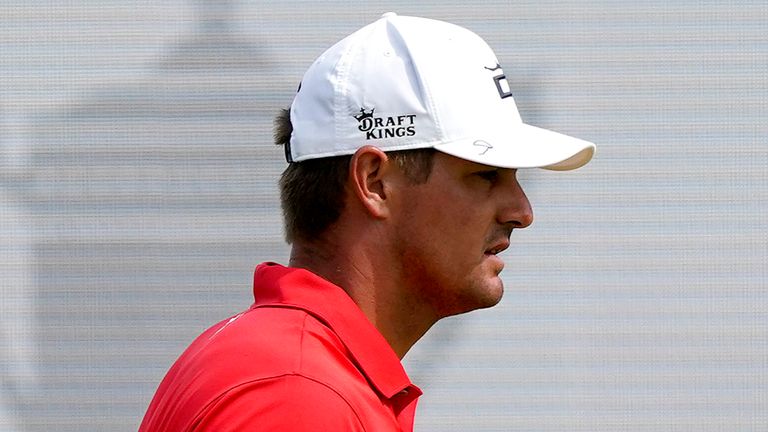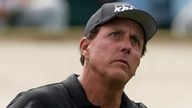US Open: Three significant storylines to keep an eye on at Torrey Pines
Can Phil Mickelson defy the odds once again and complete a career Grand Slam of majors? Does a tough course set-up give Bryson DeChambeau too much of an advantage? And how much will we hear from Mike Davis this week?
By Keith Jackson
Last Updated: 17/06/21 3:26pm
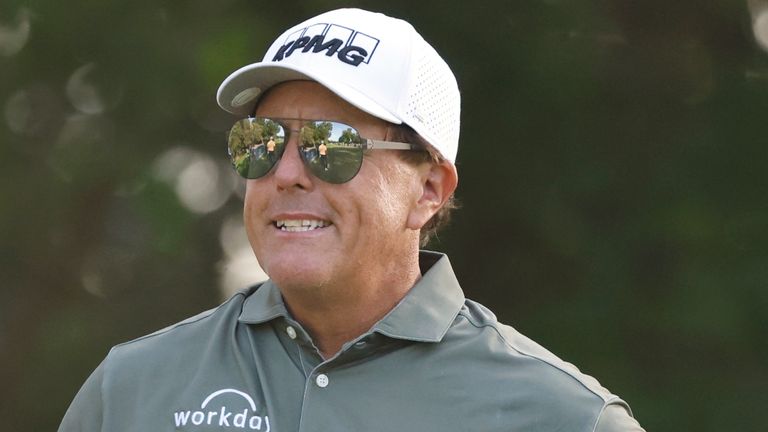
Phil Mickelson is back among the favourites for US Open glory, Bryson DeChambeau has a case for defence, while Mike Davis oversees his final event for the USGA. Here are three significant storylines to follow at Torrey Pines...
Mickelson's last hurrah?
Over the last two or three years, talk of the next player to complete a career Grand Slam of majors has been largely restricted to Rory McIlroy and Jordan Spieth.
Brooks Koepka was part of the conversation despite being only halfway, although his odds drifted as he battled knee issues, while some predicted that Bryson DeChambeau would overpower all before him and win the full set sooner, rather than later.
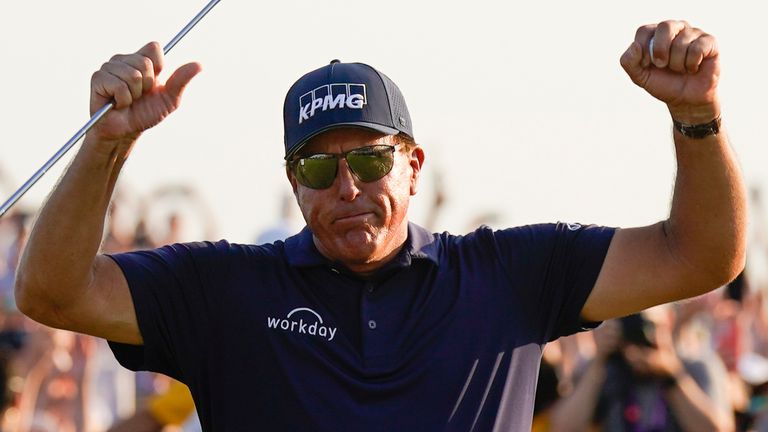
Phil Mickelson, 51 today, was out of the reckoning. His time was up. He would never have another realistic chance to atone for decades of disappointment and capture that elusive US Open title.
That perspective changed over four pulsating days at Kiawah Island.
Looking more focused than ever before, Mickelson defied expectations - even his own - and landed a sixth major title at the PGA Championship, holding off Koepka and co with a blend of raw power, rare accuracy, and a short game that was vintage Phil.
Having tumbled out of the world's top 100 and appearing resigned to achieving any further success on the PGA Tour Champions, Mickelson now heads to the city of his birth with his confidence levels at their peak.

He is following the same path - no social media, hard work in the gym, and a staunch devotion to the practice range - and victory at Torrey Pines would be arguably the most popular in history among the locals.
It's a mammoth task, but he got round the longest course in major history at Kiawah and had a big trophy to show for his efforts by the end of it, so who would rule out another last hurrah in front of his home crowd in California?
Can DeChambeau tame Torrey?
Bryson DeChambeau was ridiculed by some observers when he announced his game plan for tackling Winged Foot in September.

Get the best prices and book a round at one of 1,700 courses across the UK & Ireland
"I'm hitting it as far as I possibly can up there," he stated with the most matter-of-fact tone. "Even if it's in the rough, I can still get it to the front edge or the middle of the greens and make birdies. That's the beauty of my length and that advantage."
Winning the US Open while paying scant regard to hitting the fairways at what Tiger Woods described as one of his top-three toughest venues on the major rota should have been impossible. Yet DeChambeau not only won, he was six shots better than anyone else and the only player to finish under par - six under par.
While the score was an exclamation mark, the manner of his victory set off alarm bells among golf's most ardent traditionalists. But it also had a profound effect on his fellow pros, even Rory McIlroy admitted to having speed training sessions later that autumn, but "to the detriment" of his golf swing which is still under reconstruction.
But predictions of DeChambeau bringing Augusta National to its knees and hammering his way to several victories on the PGA Tour have proved unfounded since he became a major champion in September. He has won only once since, at Bay Hill in March, and didn't come close to contending at the Masters or the PGA Championship.

So maybe a US Open set-up increases his advantage over the field. Maybe the USGA's best chance of making Torrey Pines "Bryson proof" is to leave the fairways wide, and the rough down. Maybe the course set-up won't matter a jot if DeChambeau can't get to grips with the Poa Annua greens.
What is certain is that the world No 5 will have a strategy based primarily on power, and that he will stick to that strategy with steadfast belief. Being defending champion places added responsibility on his broad shoulders, and we'd expect that to bring the best out of him rather than be his undoing.
Will Davis go quietly?
After 10 years at the helm of the United States Golf Association, Mike Davis will oversee his final US Open at Torrey Pines this week. Some players will be sorry to see him go, others will bid him good riddance and jump at the chance to welcome Mike Whan with open arms.
There is no doubting that Davis has been responsible for many successes during his tenure as executive director, and then chief executive officer, and there will be plenty of positive legacies.
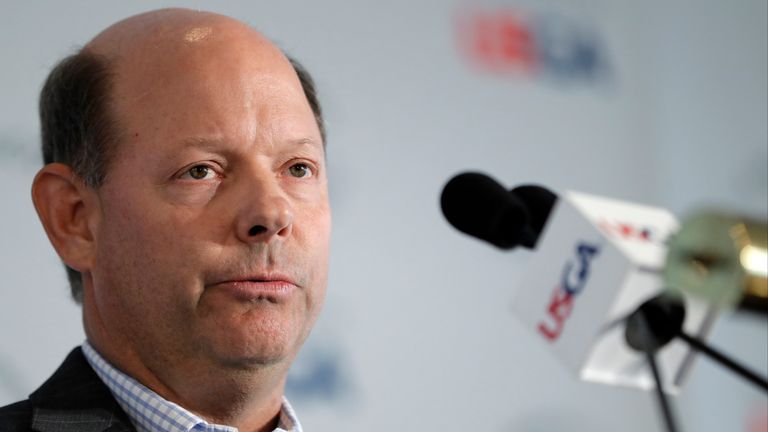
But there is also no doubt that he will be remembered, in the main, for having to face up to media scrutiny due to a succession of mishaps with various aspects of the tournament venues, from poor set-ups to a lack of conditioning befitting such a historic event.
The USGA's obsession with having level par as a winning score was evident at the Olympic Club in 2012, and the following year at Merion when Justin Rose inflicted the most recent of Phil Mickelson's six runner-up finishes in his national championship.
Both Webb Simpson and Rose were victors on one over par, and the 18th at Merion was a par-four of such savagery that not a single birdie was witnessed by the packed grandstands over the entire weekend. Rose smashed a perfect drive and hit the sweetest four-iron of his life, and his ball still trundled just off the back edge of the green.
Chambers Bay was a controversial choice of venue in 2015, with greens so poor that the USGA had to introduce chalk lines to mark where the fairway ended and the green began, while it was also a logistical nightmare as two or three holes were out-of-bounds for spectators.
Erin Hills was defenceless against the power hitters in 2017, Brooks Koepka winning on 16 under, but worse was to follow at Shinnecock Hills, where the USGA once again lost control of the golf course which was ineptly set up against the elements on a farcical third day.
Mickelson hitting a putt on the run proved the endearing image of the round, in which Tony Finau and Daniel Berger went from also-rans to joint-leaders as the late starters were scuppered by a strengthening breeze and some embarrassing pin positions.
And a day later, Davis and his team were understandably criticised for over-compensating as Tommy Fleetwood took advantage of lush fairways and soft greens to fire a record-equalling 63 which came so close to denying Brooks Koepka a successful defence of his title.
Mike Davis has become the most famous tournament director in history, for all the wrong reasons. So it would be refreshing to get through US Open week without mention of his name in the media. And, that would be the best farewell he could - and should - wish for.

